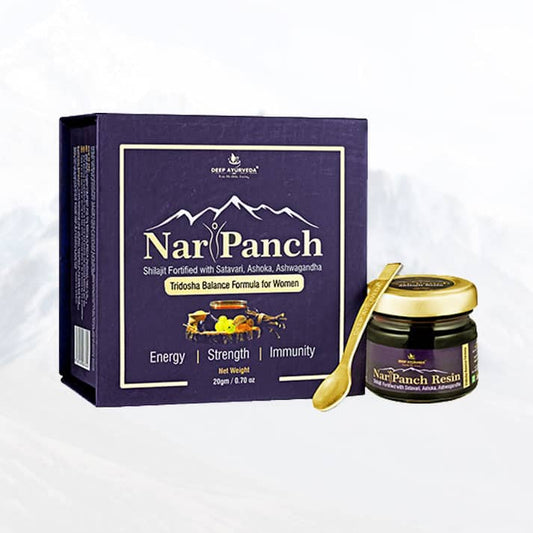
Nutgrass, scientifically known as Cyperus rotundus, is a perennial weed found across tropical and subtropical regions. In countries like Australia, England, and New Zealand, it’s notorious for being a persistent and invasive weed. However, in Ayurveda, it is celebrated for its medicinal properties. This article explores its identification, impact, control measures, Ayurvedic benefits, dosage, precautions, FAQs, and references.
Identification of Nutgrass
Nutgrass is characterized by its narrow, dark green leaves and underground tubers. The plant produces purple to brownish flower spikes and spreads aggressively through underground rhizomes.
Habitat and Growth Pattern
-
Found in gardens, lawns, and agricultural fields.
-
Thrives in warm climates with sufficient moisture.
Impact of Nutgrass in Australia, England, and New Zealand
Invasive species legislation in these regions classifies Nutgrass as a noxious weed. It disrupts local ecosystems, competes with crops, and reduces agricultural productivity.
Environmental and Agricultural Impact
-
Competes with native flora and crops.
-
Reduces crop yields due to aggressive growth.
Control Measures for Nutgrass
Chemical Control
-
Herbicides containing glyphosate are effective but require repeated applications.
-
Soil fumigation can be used in extreme cases.
Non-Chemical Control
-
Manual removal of tubers is essential for effective control.
-
Mulching and solarization techniques can help.
Ayurvedic Benefits of Nutgrass (Nagarmotha)
In Ayurveda, Nutgrass is known as "Nagarmotha" or "Mustaka" and is prized for its medicinal properties:
Health Benefits
-
Digestive Support: Aids in digestion, reduces bloating, and relieves gas.
-
Skin Health: Helps manage skin disorders and improves complexion.
-
Fever Management: Reduces fever and alleviates symptoms.
-
Weight Management: Supports metabolism and aids in weight loss.
-
Anti-Inflammatory: Reduces inflammation and soothes pain.
How to Use Nutgrass (Nagarmotha)
1. Nagarmotha Churna (Powder)
-
Take ¼-½ teaspoon of Nagarmotha powder.
-
Mix with honey or warm water twice daily after meals.
2. Nagarmotha Capsules
-
Consume 1-2 capsules twice daily after meals.
3. Nagarmotha Oil
-
Apply 2-5 drops mixed with a carrier oil on the skin.
Recommended Dosage (Ayurvedic Perspective)
-
Powder (Churna): 3-6g per day
-
Capsules: 1-2 capsules twice daily
-
Oil: External use only
Precautions and Side Effects
-
Avoid during pregnancy and lactation.
-
Consult an Ayurvedic practitioner before use if on medication.
Frequently Asked Questions (FAQs)
-
Is Nutgrass safe for long-term use?
-
When used in recommended doses, Nutgrass is generally safe. Consult an Ayurvedic practitioner for prolonged use.
-
-
Can Nutgrass help with digestion?
-
Yes, its Deepan (appetizer) and Pachan (digestive) properties support healthy digestion.
-
-
Are there any side effects of Nutgrass?
-
Excessive use may cause mild digestive discomfort.
-
-
Is Nutgrass beneficial for skin conditions?
-
Yes, it can help manage skin disorders due to its anti-inflammatory properties.
-
Conclusion
Nutgrass poses a challenge in Australia, England, and New Zealand as a persistent weed, but its Ayurvedic properties make it a valuable herb. With proper control measures and informed use, Nutgrass can be managed effectively while benefiting from its medicinal properties.
Explore more Ayurvedic herbs for overall health:
References
-
Ayurveda Pharmacopoeia of India.
-
Traditional Ayurvedic Texts and Modern Research.
-
UNE Weeds: Nutgrass Factsheet.







